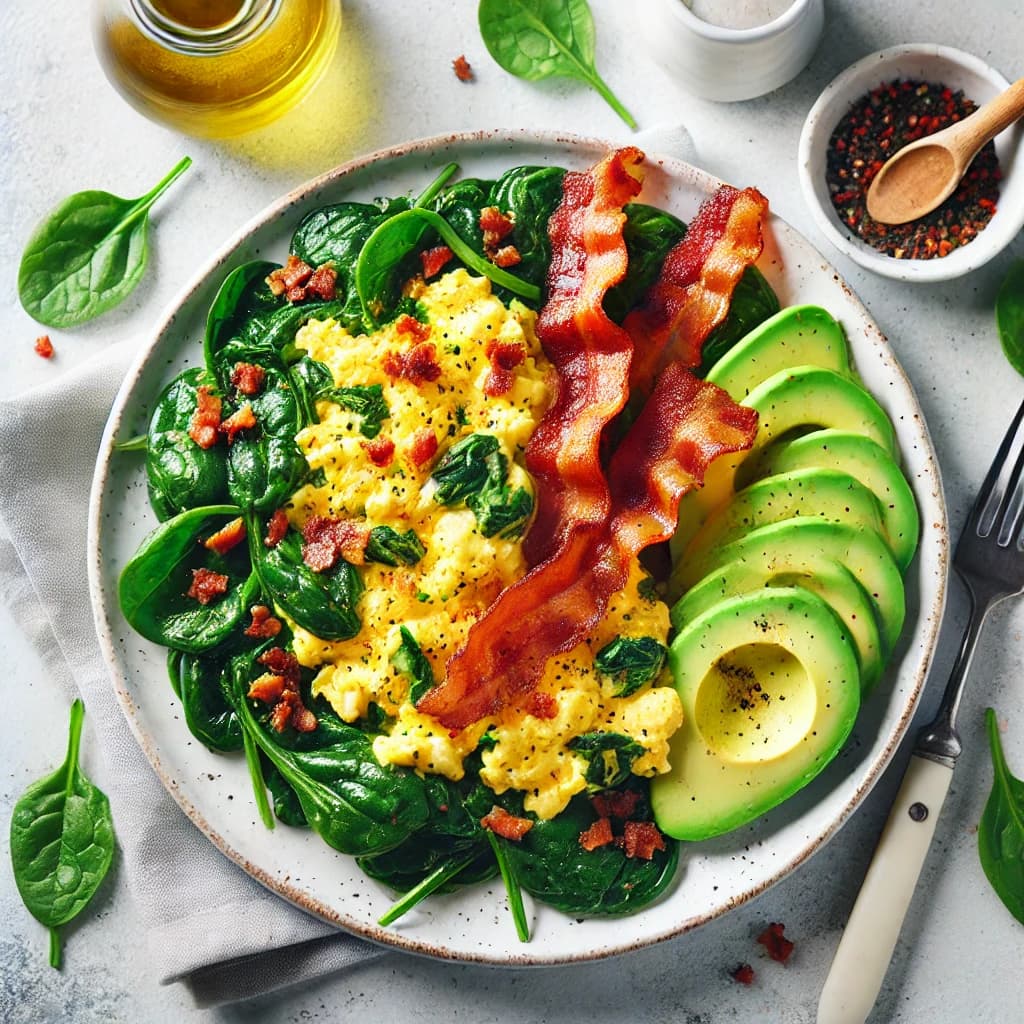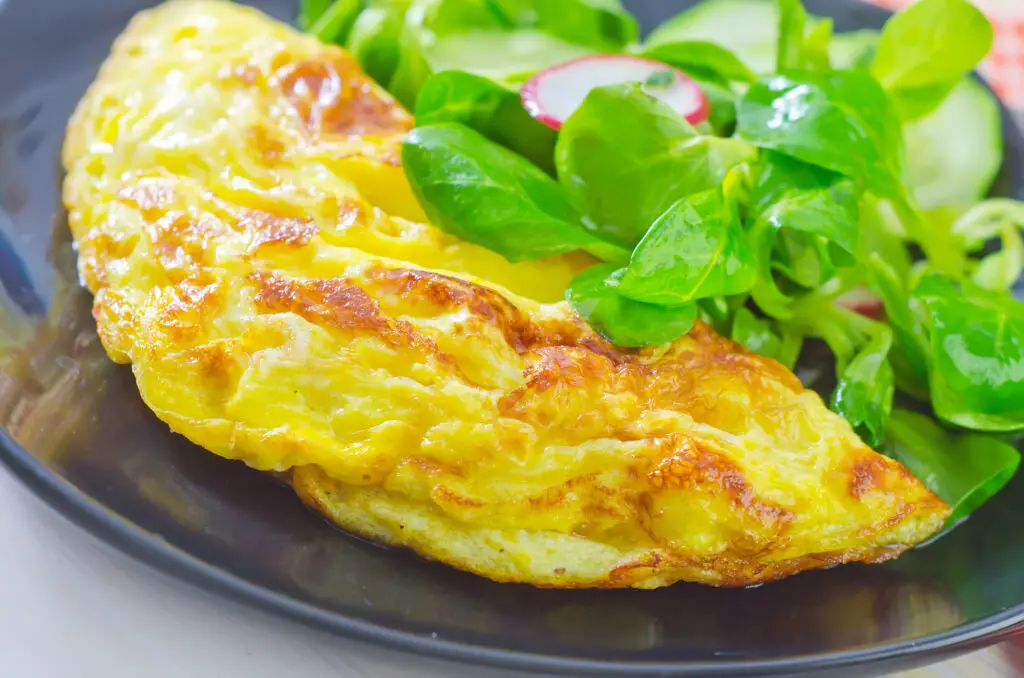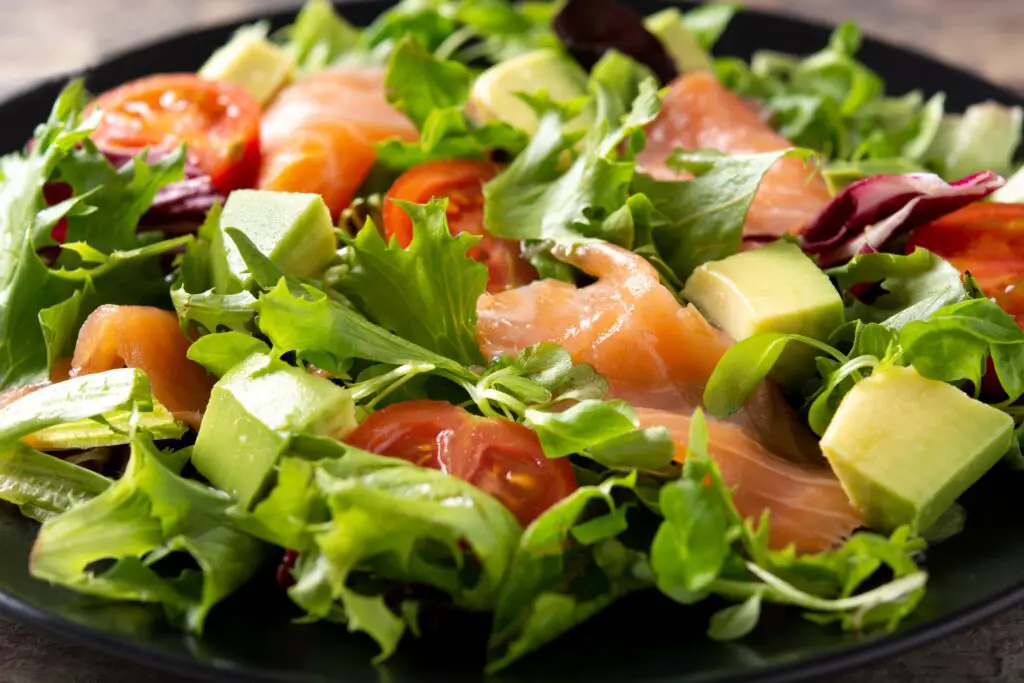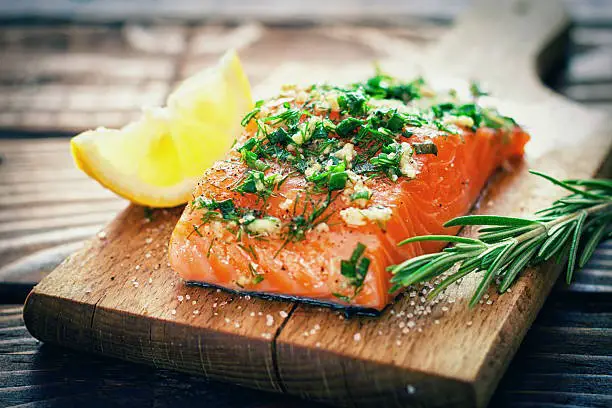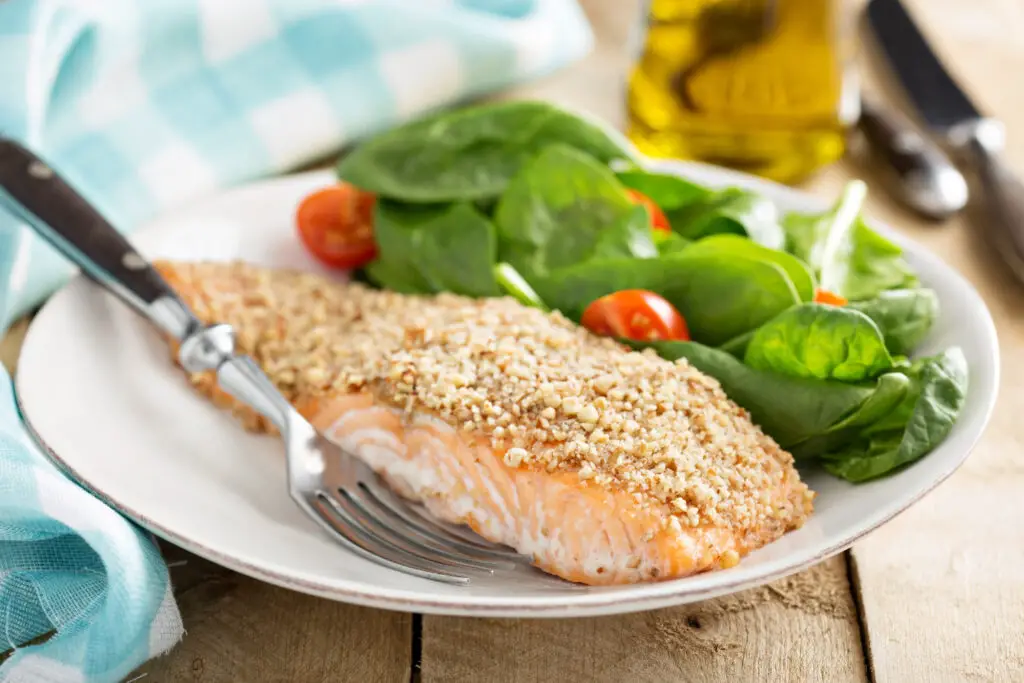Simple Keto Diet Food List: What to Eat & Avoid
Below is a comprehensive keto diet food list you can enjoy, and those you should limit or avoid on a ketogenic diet. Embarking on a keto diet involves understanding which foods align with your nutritional goals and which to avoid. The primary objective is to enter a state of ketosis, where your body utilizes fat as its main energy source instead of carbohydrates.
Foods to Enjoy on a Keto Diet
Incorporate the following foods to maintain ketosis and ensure a balanced intake of nutrients:
- Meats and Poultry: Beef, chicken, turkey, lamb, and pork.
- Fish and Seafood: Salmon, mackerel, sardines, and other fatty fish.
- Low-Carb Vegetables: Leafy greens, broccoli, cauliflower, zucchini, and bell peppers.
- Dairy Products: Cheese, butter, heavy cream, and unsweetened yogurt.
- Nuts and Seeds: Almonds, walnuts, flaxseeds, and chia seeds.
- Healthy Fats: Avocado, olive oil, coconut oil, and avocado oil.
- Beverages: Water, unsweetened tea, and coffee.
Foods to Limit or Avoid on a Ketogenic Diet
To maintain ketosis, it’s essential to limit or avoid foods high in carbohydrates:
- Grains and Grain Products: Bread, pasta, rice, and cereals.
- Sugary Foods: Sodas, candies, pastries, and desserts.
- Starchy Vegetables: Potatoes, corn, and peas.
- High-Sugar Fruits: Bananas, apples, grapes, and mangoes.
- Legumes: Beans, lentils, chickpeas, and peanuts.
- Unhealthy Fats: Processed vegetable oils and trans fats.
- Alcoholic Beverages: Beer, sweet wines, and cocktails with sugary mixers.
Sample Ketogenic Diet Food List
Here’s a simplified table of the keto diet food list:
| Food Category | Foods to Enjoy | Foods to Limit or Avoid |
| Proteins | Beef, chicken, turkey, salmon, eggs | Processed meats with added sugars or fillers |
| Vegetables | Spinach, broccoli, zucchini, bell peppers | Potatoes, corn, peas |
| Fruits | Avocado, berries (in moderation) | Bananas, apples, grapes |
| Dairy | Cheese, butter, heavy cream | Milk, sweetened yogurt |
| Nuts and Seeds | Almonds, walnuts, chia seeds | Cashews (higher in carbs), trail mixes with dried fruits |
| Fats and Oils | Olive oil, coconut oil, avocado oil | Margarine, hydrogenated oils |
| Beverages | Water, unsweetened tea, coffee | Sodas, fruit juices, sweetened drinks |
Alcoholic Drinks
Incorporating alcohol into a ketogenic (keto) diet requires careful selection, as many alcoholic beverages contain significant amounts of carbohydrates that can disrupt ketosis. However, there are keto-friendly options available for those who choose to enjoy an occasional drink.
Keto-Friendly Alcoholic Beverages
- Pure Spirits: Distilled spirits such as vodka, rum, gin, tequila, and whiskey contain zero carbohydrates, making them suitable for a keto diet. Enjoy them neat or with low-carb mixers like soda water or diet tonic.
- Wine: Dry wines, both red and white, typically have around 3-4 grams of carbs per 5-ounce (150 ml) serving. Opt for varieties like Cabernet Sauvignon, Merlot, Chardonnay, or Sauvignon Blanc.
- Light Beer: Some light beers are lower in carbs, averaging between 2.6 to 5 grams per 12-ounce (355 ml) serving. Brands such as Michelob Ultra and Miller Lite are popular choices.
Alcoholic Beverages to Avoid
- Regular Beer: Often referred to as “liquid bread,” regular beers are high in carbohydrates, averaging about 12.8 grams per 12-ounce (355 ml) serving, making them less suitable for a keto diet.
- Sweet Wines and Cocktails: Dessert wines and cocktails mixed with sugary ingredients can contain upwards of 14 grams of carbs per serving. Drinks like margaritas, piña coladas, and sangrias fall into this category.
Considerations When Consuming Alcohol on a Keto Diet
- Moderation: While some alcoholic beverages are low in carbs, they still provide “empty” calories with little nutritional value. Excessive consumption can hinder weight loss and may lead to other health issues.
- Enhanced Effects: Individuals on a keto diet may experience heightened effects of alcohol due to changes in metabolism. It’s advisable to drink slowly and be mindful of your tolerance.
- Hydration: Alcohol can lead to dehydration, so it’s essential to drink plenty of water alongside alcoholic beverages.
In summary, while it’s possible to enjoy alcohol on a keto diet, making informed choices and practicing moderation are key to maintaining ketosis and overall health.
Remember, individual nutritional needs can vary. It’s advisable to consult with a healthcare professional or a registered dietitian before making significant dietary changes.
Keto Diet Food List Questions
Embarking on a ketogenic diet often brings up several questions, especially regarding suitable food choices and dietary practices. Here are some of the most frequently asked questions about keto-friendly foods:
- What foods are permissible on a ketogenic diet?
A ketogenic diet emphasizes high-fat, moderate-protein, and low-carbohydrate foods. Suitable options include meats, fish, eggs, dairy products, low-carb vegetables, nuts, seeds, and healthy fats like olive oil and butter. It’s essential to avoid high-carb foods such as grains, sugars, fruits, and starchy vegetables.
- Is fruit consumption allowed on a keto diet?
Most fruits are high in carbohydrates and may not fit into a strict keto diet. However, small portions of berries like strawberries, blueberries, and raspberries can be consumed in moderation due to their lower carb content.
- Can alcohol be included in a keto diet?
While alcohol can be consumed on a keto diet, it’s crucial to choose low-carb options. Dry wines and spirits like whiskey, gin, and vodka contain fewer carbs. Be cautious with mixers and avoid sugary drinks.
- How can I determine if I’m in ketosis?
Signs of ketosis include increased ketone levels in the blood, weight loss, appetite suppression, and mental clarity. Testing methods include blood ketone meters, breath analyzers, and urine strips.
- Are dairy products compatible with a keto diet?
Yes, many dairy products are keto-friendly, especially those high in fat and low in carbs, such as cheese, butter, and heavy cream. However, milk and flavored yogurts contain more carbs and should be limited.
- Will adopting a keto diet aid in weight loss?
Many individuals experience weight loss on a keto diet due to reduced appetite and increased fat burning. However, results vary, and it’s essential to maintain a calorie deficit for weight loss.
- Is a keto diet suitable for physically active individuals?
Yes, but adjustments may be necessary. Some athletes incorporate targeted or cyclical keto diets to align carb intake with training sessions. Consulting with a nutritionist can provide personalized guidance.
- Are there any side effects associated with a keto diet?
Some individuals may experience the “keto flu,” with symptoms like headache, fatigue, and nausea during the initial transition. Ensuring adequate hydration and electrolyte intake can help alleviate these effects.
- How long does it take to enter ketosis?
Typically, it takes 2-4 days of consuming fewer than 50 grams of carbs per day to enter ketosis. However, this can vary based on individual metabolism and activity levels.
- Is dining out feasible while following a keto diet?
Yes, dining out on a keto diet is possible by choosing dishes that are low in carbs. Opt for protein-rich meals with non-starchy vegetables and request modifications like substituting bread or pasta with salads.



